Gemstone Grading Systems: What You Need to Know
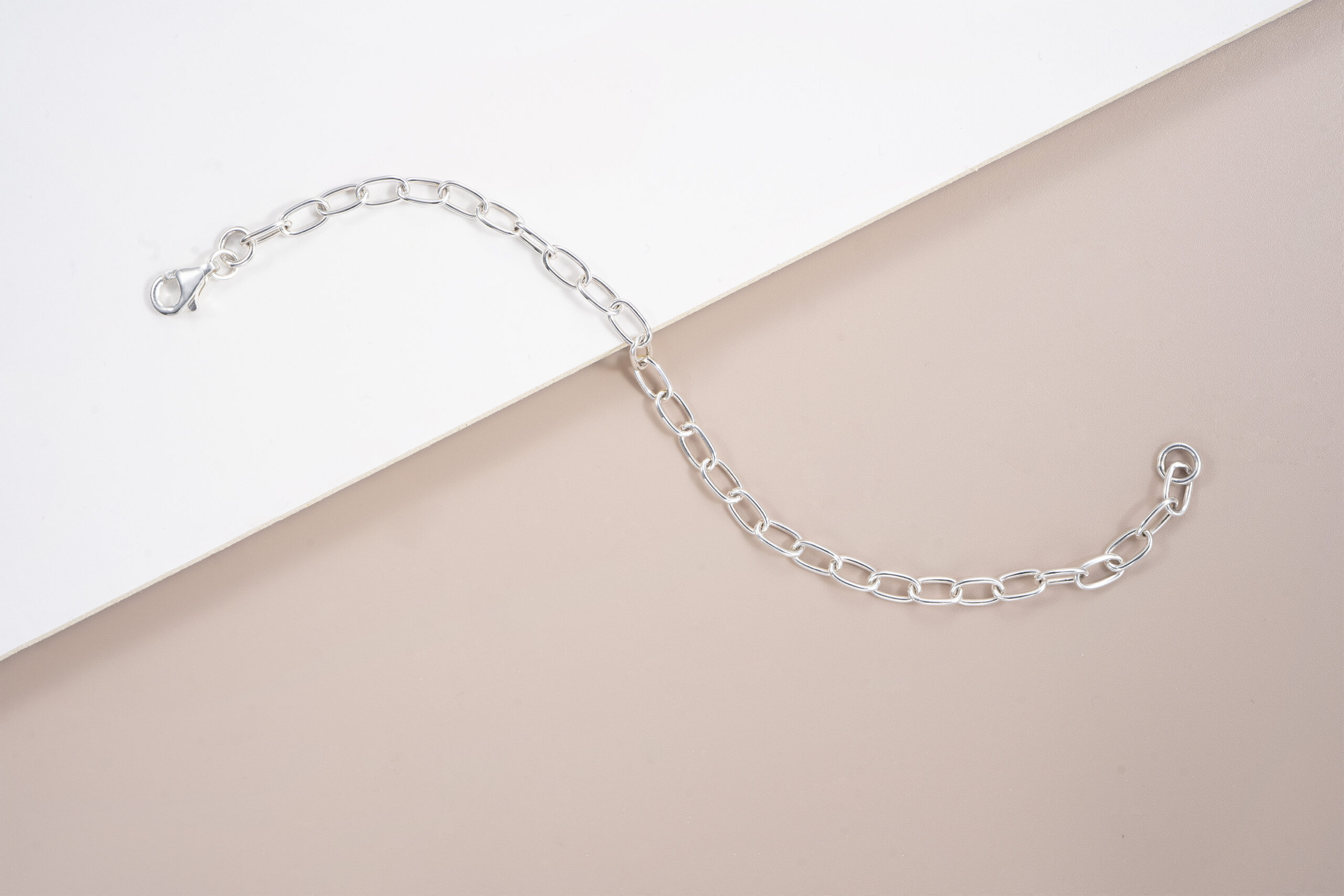
Gemstones are prized for their beauty, rarity, and uniqueness. To assess their quality and value, gemologists use standardized grading systems that evaluate various characteristics such as color, clarity, cut, and carat weight.
Understanding gemstone grading systems is essential for buyers, collectors, and investors who want to make informed decisions. This article explores the key grading systems used for diamonds, colored gemstones, and pearls, along with the factors that influence gemstone quality.
1. The Importance of Gemstone Grading
Gemstone grading provides a standardized way to evaluate a stone’s quality and determine its market value. A reliable grading system:
- Helps buyers compare gemstones objectively.
- Ensures transparency in pricing.
- Identifies enhancements and treatments.
- Assists in investment and resale decisions.
Without a grading system, it would be difficult to differentiate between gemstones of varying quality, leading to potential overpricing or undervaluation.
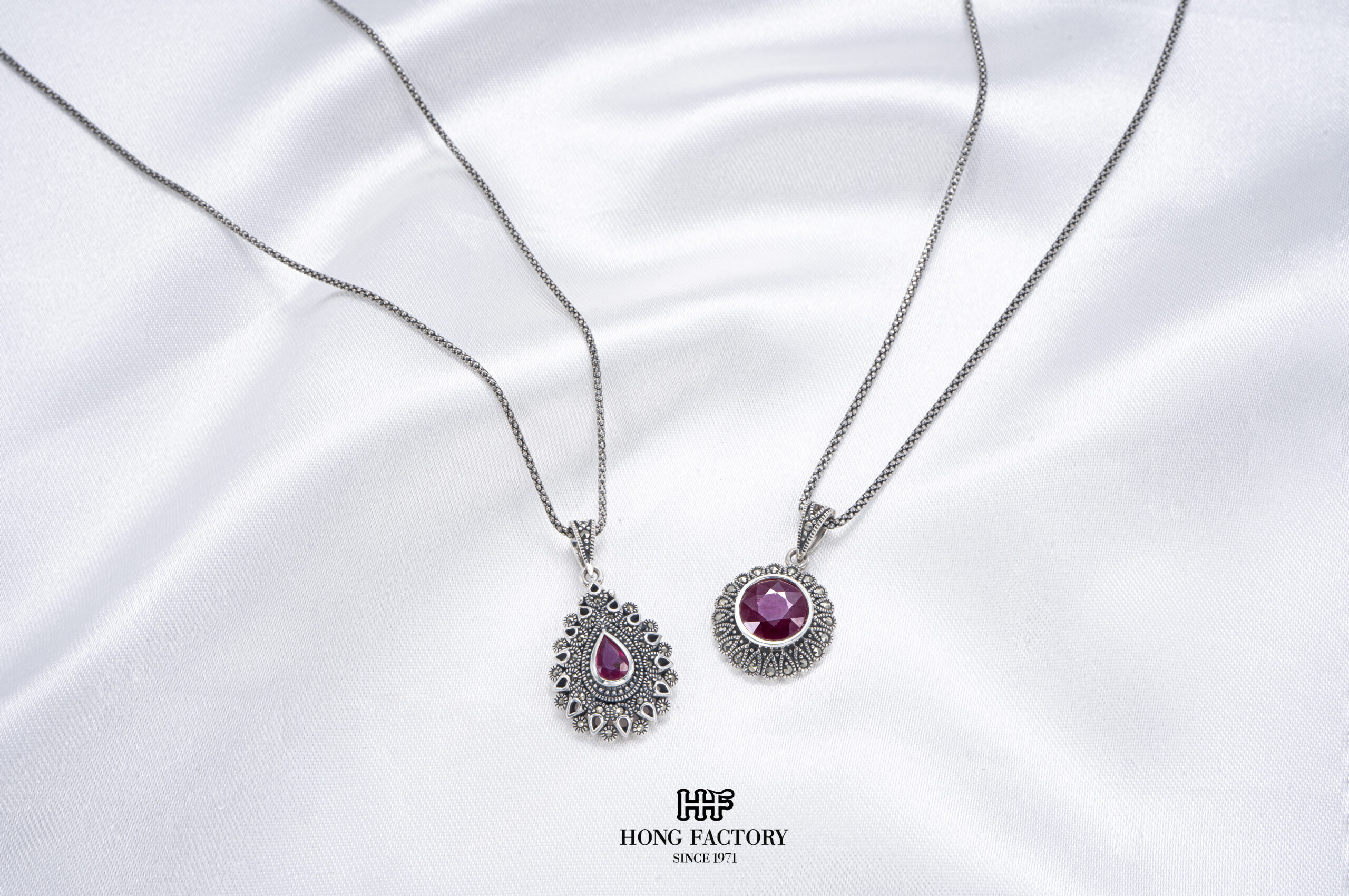
2. Diamond Grading: The 4Cs System
The most widely recognized diamond grading system was developed by the Gemological Institute of America (GIA) and is based on the 4Cs:
Carat Weight
Carat refers to the weight of a diamond, with one carat equal to 200 milligrams. Larger diamonds are rarer and more valuable, but weight alone does not determine quality.
Cut
Cut affects how well a diamond reflects light, influencing its brilliance. GIA grades diamond cut on a scale from Excellent to Poor based on proportions, symmetry, and polish.
Clarity
Clarity evaluates internal inclusions and surface blemishes. The GIA clarity scale includes:
- FL (Flawless) – No visible inclusions or blemishes under 10x magnification.
- IF (Internally Flawless) – No inclusions, minor surface blemishes.
- VVS1-VVS2 (Very, Very Slightly Included) – Minute inclusions.
- VS1-VS2 (Very Slightly Included) – Minor inclusions not visible to the naked eye.
- SI1-SI2 (Slightly Included) – Noticeable inclusions under magnification.
- I1-I3 (Included) – Obvious inclusions affecting brilliance.
Color
The GIA color scale ranges from D (colorless) to Z (noticeable yellow/brown tint). Colorless diamonds are the most valuable, while warmer hues may be preferred for certain settings.
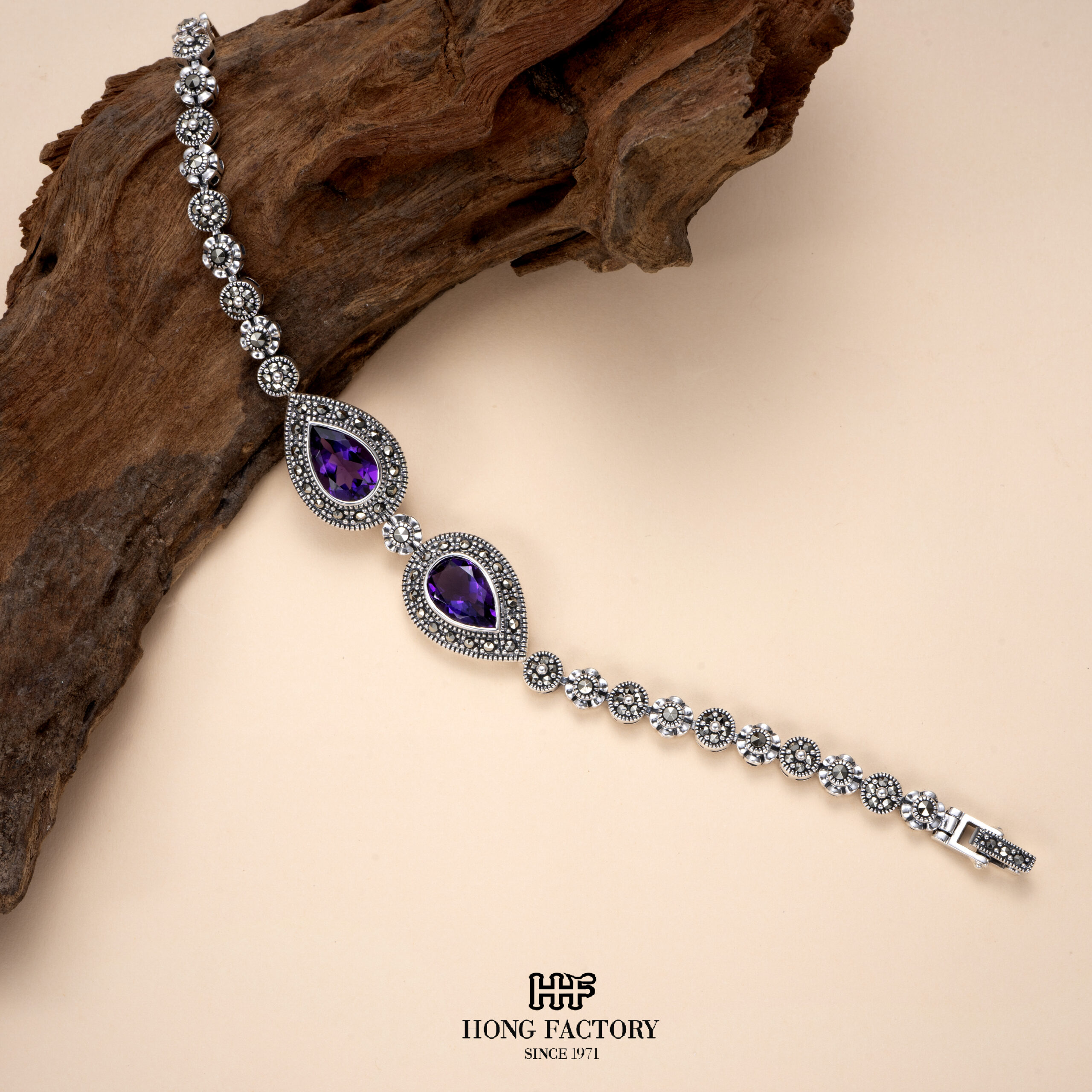
3. Colored Gemstone Grading
Unlike diamonds, colored gemstones are graded primarily on color, clarity, cut, and origin. The most respected grading systems for colored gemstones are provided by GIA, the American Gem Trade Association (AGTA), and the International Colored Gemstone Association (ICA).
Color
Color is the most important factor in grading colored gemstones. It is assessed based on:
- Hue – The dominant color of the gemstone.
- Tone – Lightness or darkness of the color.
- Saturation – Intensity or purity of the color.
For example, rubies with a deep, vivid red hue are more valuable than those with a pale or purplish-red tone.
Clarity
Unlike diamonds, colored gemstones often contain inclusions. Clarity grading varies depending on the type of gemstone. The GIA classifies colored gemstones into three types:
- Type I – Usually inclusion-free (e.g., aquamarine, topaz).
- Type II – Some inclusions expected (e.g., sapphire, ruby).
- Type III – Almost always included (e.g., emerald, tourmaline).
Cut
The cut of a colored gemstone affects its brilliance, but because color is more critical, cutters prioritize maximizing color over achieving perfect symmetry.
Origin and Treatments
The origin of a gemstone can significantly impact its value. For example:
- Burmese rubies are among the most prized rubies in the world.
- Colombian emeralds command higher prices than emeralds from other locations.
- Kashmir sapphires are considered the rarest and most valuable sapphires.
Additionally, gemstone treatments, such as heat treatment for sapphires or oil treatment for emeralds, affect grading and pricing.
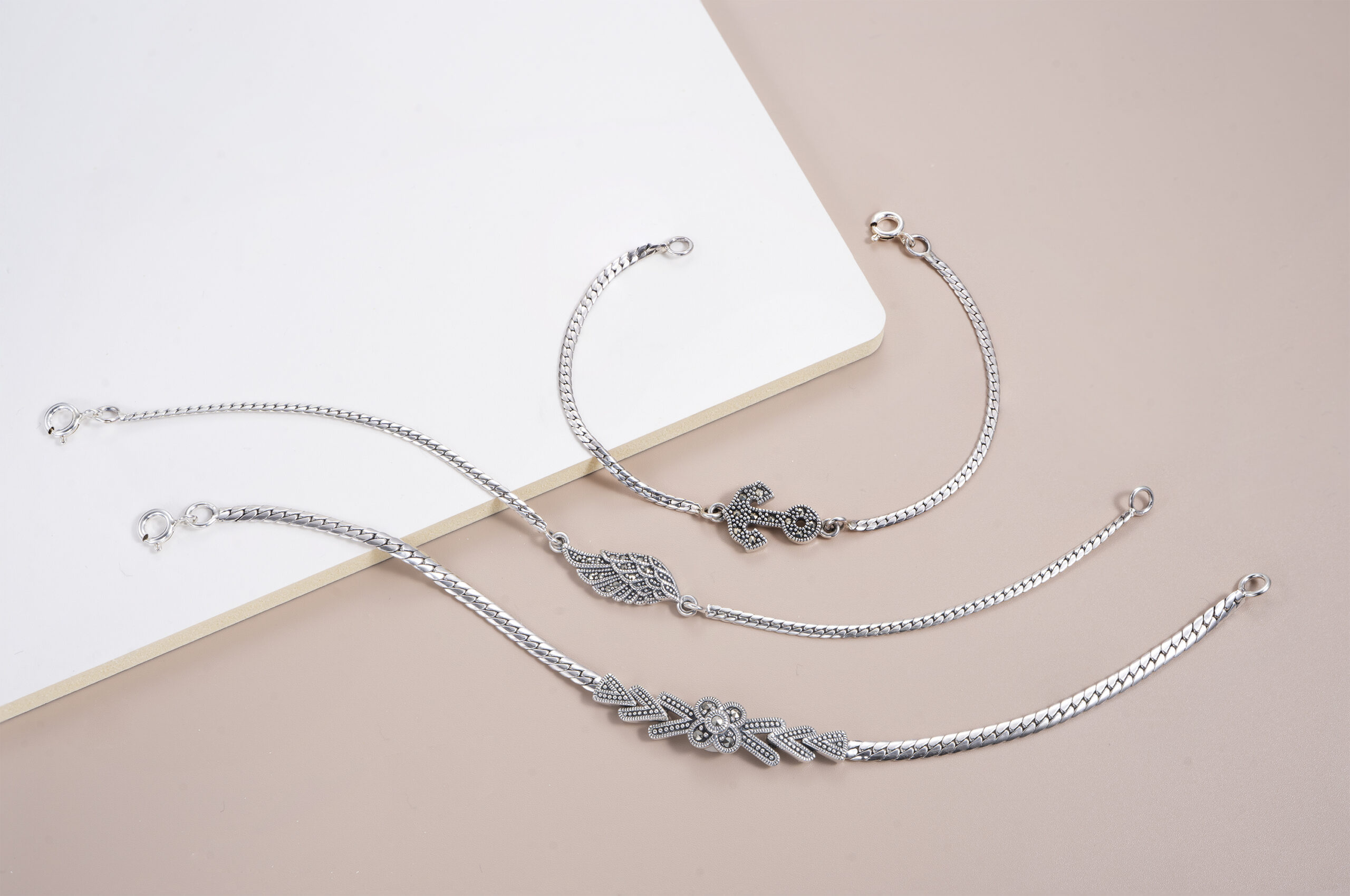
4. Pearl Grading Systems
Pearls are graded differently from gemstones and diamonds. The GIA Pearl Grading System evaluates pearls based on:
Luster
Luster refers to the reflection and glow of the pearl’s surface. Pearls with high luster have sharp, mirror-like reflections.
Surface Quality
Pearls with fewer blemishes are more valuable. Grading ranges from Flawless (smooth, unblemished) to Heavily Spotted (many imperfections).
Shape
While round pearls are the most valuable, other shapes like oval, baroque, and teardrop are also popular.
Size
Larger pearls are rarer and more expensive, with South Sea pearls reaching sizes of 15mm or more.
Color
Pearls come in various colors, including white, black, gold, and pink. The most prized pearls exhibit deep, rich colors.
5. Certification and Appraisal
To ensure authenticity and accurate grading, gemstones should be accompanied by certification from reputable gemological laboratories, such as:
- Gemological Institute of America (GIA)
- American Gem Society (AGS)
- International Gemological Institute (IGI)
- Swiss Gemological Institute (SSEF)
- Hoge Raad voor Diamant (HRD)
A certified gemstone ensures transparency and protects buyers from misrepresentation or fraud.
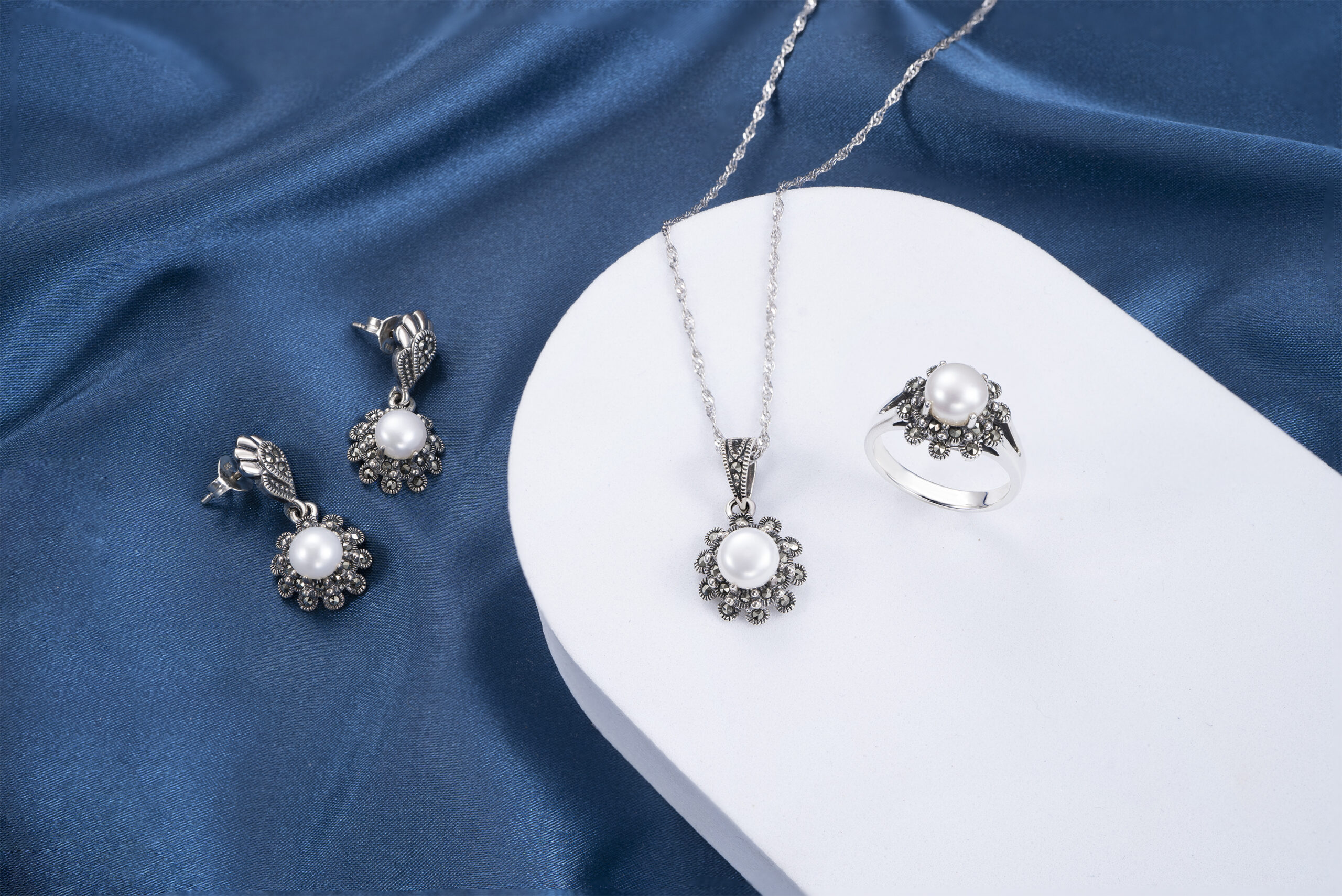
Understanding gemstone grading systems is crucial for making informed purchasing decisions. Whether buying diamonds, colored gemstones, or pearls, knowing how each is evaluated helps ensure quality and value. By referring to reputable grading organizations and certifications, buyers can confidently invest in gemstones that match their expectations and budget.
Keywords: gemstone grading, diamond grading, colored gemstone evaluation, pearl grading, GIA certification, gemstone quality, gemstone appraisal
